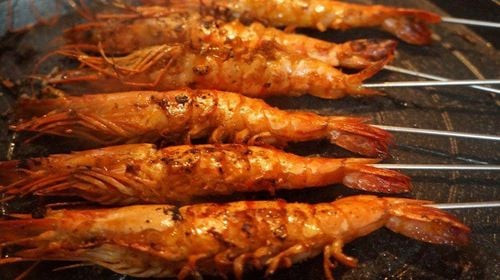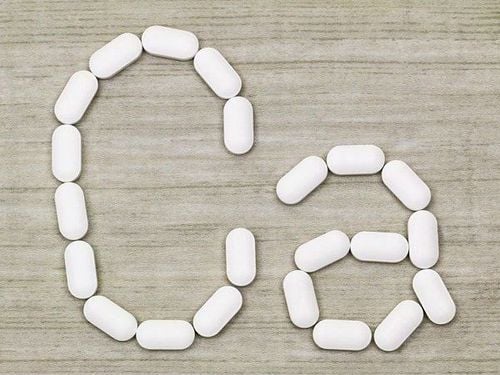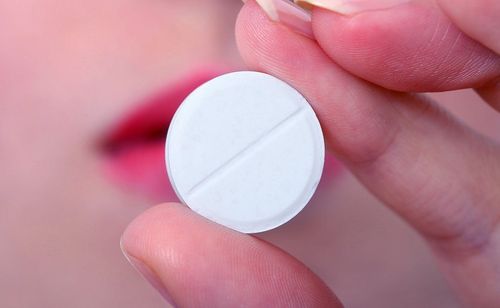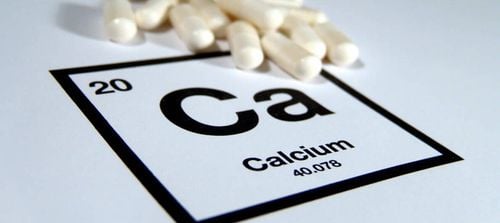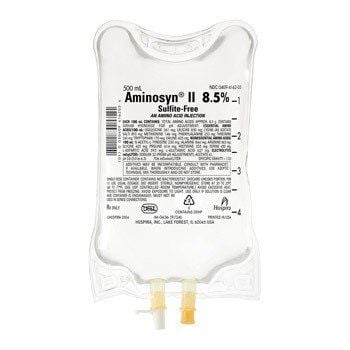This is an automatically translated article.
Shrimp is one of the most commonly consumed seafood. The nutritional value of shrimp is quite abundant, containing many vitamins and minerals. However, some people think that shrimp is not completely healthy because of its high cholesterol content.
1. Nutritional composition of shrimp
In general, shrimp is low in calories but rich in nutrients. This type of seafood is mainly made up of protein and water. On average, nutrition for 100g of cooked shrimp has:
Energy: 99 calories Fat: 0.3 grams Carbs: 0.2 grams Cholesterol: 189 milligrams Sodium: 111 milligrams Protein: 24 grams Question “Eat shrimp with many nutrients care?" Experts answer: Shrimp provides more than 20 vitamins and minerals, highlights of which include:
Iodine Vitamin B12 Phosphorus Copper Zinc Magnesium Calcium Potassium Iron Manganese
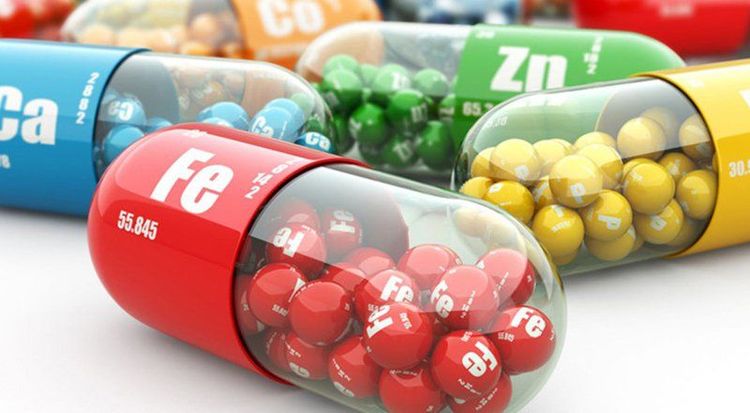
Tôm cung cấp hơn 20 loại vitamin và khoáng chất
2. Health benefits from eating shrimp
2.1. Helps to lose weight Thanks to low carbs and calories but full of nutrients, shrimp is an ideal choice if you are looking to lose weight. However, it is also important to pay attention to the processing method. If you fry shrimp in a lot of fat or add it with a creamy sauce, it will no longer be suitable for a healthy diet.
2.2. Antioxidants The antioxidants in shrimp are good for health, helping to protect against inflammation by preventing free radicals from damaging your cells. Many studies show that the antioxidant astaxanthin in shrimp prevents wrinkle formation and reduces sun damage, thereby slowing down the aging process. This substance also plays a role in strengthening the arteries, thereby reducing the risk of heart attacks and some chronic diseases. In addition, astaxanthin is also beneficial for brain health, preventing memory loss and neurodegenerative diseases (such as Alzheimer's), as well as increasing good HDL cholesterol.
2.3. Contains disease-preventing substances The nutritional value of shrimp is also appreciated as an abundant source of:
Iodine: An important mineral, necessary for thyroid function and brain health; Selenium: This mineral is known to reduce inflammation and promote heart health, and research has even shown that this mineral prevents certain types of cancer; Omega-6 and omega-3 fatty acids: Offers many health benefits.
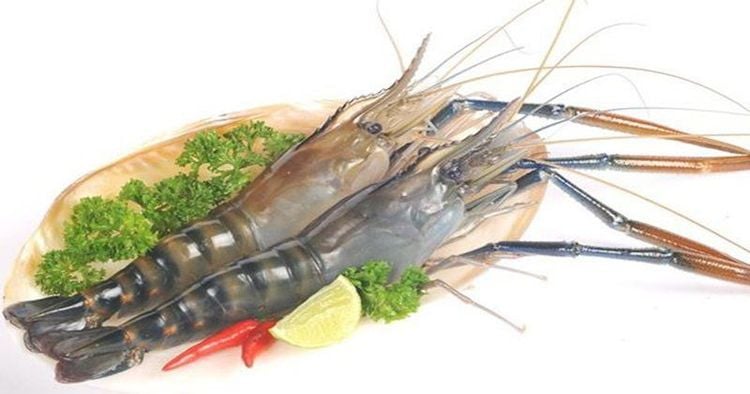
Tôm là nguồn cung cấp chất ngăn ngừa bệnh dồi dào
3. Worried about eating too much shrimp
3.1. High cholesterol content Many questions are raised, "Is it good to eat shrimp?", causing many people to worry about the high cholesterol content in shrimp. Experts used to think that eating too much cholesterol-rich foods would be bad for the heart. However, recent studies show that cholesterol levels in your body are increased by saturated fat in the diet.
Furthermore, only a quarter of the population is sensitive to dietary cholesterol. For the rest, dietary cholesterol may have only a small impact on blood cholesterol levels. This is because most of the cholesterol in your blood comes from your liver. When you eat foods high in cholesterol, your liver produces less cholesterol.
One study found that adults who ate 300 grams of shrimp per day increased their good HDL cholesterol levels by 12% and reduced triglycerides by 13%. These are all important factors that help reduce the risk of heart disease. Therefore, people who consume shrimp regularly do not have a higher risk of heart disease than those who do not eat them. The nutritional value of shrimp is very beneficial for heart health, outweighing concerns about high cholesterol. If you are still worried, it is best to use shrimp in moderate quantities to ensure maximum health.
3.2. Allergy Risk Shellfish, including shrimp, are also a common cause of food allergies. The most common allergen in shrimp is tropomyosin, a protein found in seafood, in addition to arginine kinase and hemocyanin. More than 50% of people with a shellfish allergy experience their first reaction only in adulthood. This means that if you've eaten shrimp before and it's perfectly fine, you still run the risk of an allergic reaction one day.

Tôm tiềm ẩn nguy cơ gây dị ứng thực phẩm
Shrimp allergy symptoms may include tingling in the mouth, digestive upset, nasal congestion or skin reactions. Some people with shrimp allergies are also at risk of anaphylaxis, which is very dangerous. This condition comes on suddenly, and can lead to seizures, unconsciousness, and even death if not treated right away. If you are allergic to shrimp, the only way to prevent it is to avoid eating shrimp altogether.
3.4. Low-quality shrimp Normally, shrimp are usually 2.5 - 7.5 cm long, but there are many other types of shrimp that range in size from small to giant. Shrimp inhabit both warm and cold waters around the world. About 90% of the shrimp you eat comes from people's ponds, the remaining 10% is brought back from the sea by fishermen. Some people are often concerned about the quality of farmed shrimp, specifically contaminated water or antibiotic residues. Therefore, it is important to buy shrimp from a reputable supplier with clear provenance.
When buying raw shrimp, choose firm ones. The peel should be translucent and bluish-gray, rose-brown or light pink. Black edges or black spots on the case usually indicate poor quality. In addition, both raw and cooked shrimp should have a mild or sea-like odor. Do not use shrimp if you smell an unusual smell, especially a strong odor such as ammonia or a strong fishy odor. This is often a sign of bacterial growth, shrimp may be spoiled and not safe to consume.
4. How to cook shrimp
4.1. Preliminary processing Regardless of the processing method, you need to first soak the shrimp in cold water to wash it. Some cooks prefer to use brine. Pull the shrimp legs and use your thumb to separate the shells from the flesh. You can then easily remove the head and tail (optional).
Many people also remove the black thread running along the back of the shrimp, this is actually the digestive tract containing the stomach and colon of the shrimp. Although they do not affect our health, we have a habit of throwing them away. The simple way is to use a small knife to split the shrimp's back to reveal the black thread, use the sharp end of a knife or toothpick to pull it out. After the preparation is complete, wash the shrimp and drain the water.
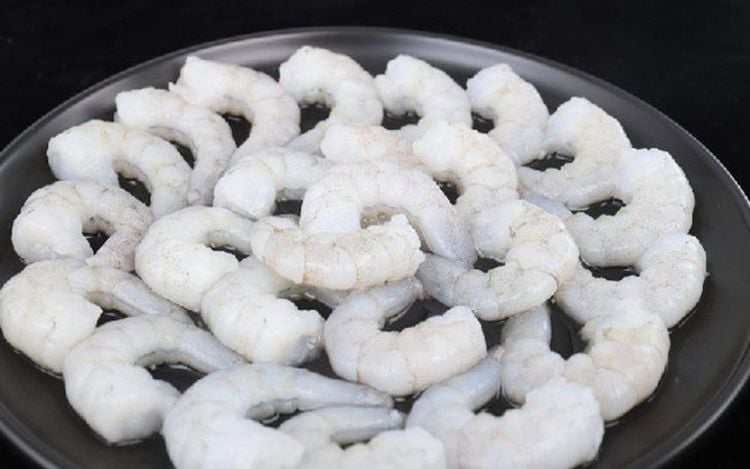
Dùng tay hoặc kéo tách hết vỏ tôm ra khỏi phần thịt
4.2. Cooking You can cook shrimp in a variety of ways, but some commonly recommended healthy methods include:
Boiling Steaming Grilling Stir-fry Be sure to cook the shrimp until it's fully cooked. The sign that shrimp is ready to eat is when they curl up almost like the letter "C", from gray to pink-orange.
4.3. Storage If you can't buy fresh, live shrimp, you can use frozen shrimp sold in supermarkets, as long as it is processed as soon as possible. Food experts advise against re-freezing shrimp after thawing. The softness and flavor of frozen shrimp will certainly be affected more or less than that of fresh shrimp.
Overall, shrimp is a healthy food that should be added to your daily diet. The nutritional value of shrimp has many health benefits as it is a rich source of vitamins, minerals and protein, which promote heart and brain health. Although shrimp is high in cholesterol, it has no negative health effects, and even helps reduce your triglycerides and bad LDL cholesterol.
Vinmec International General Hospital is the address for examination, treatment and prevention of many different diseases and is trusted and chosen by many customers. When performing the medical examination and treatment process at Vinmec, customers will be welcomed and used modern facilities, machinery and medical services under the guidance and advice. of well-trained, well-trained doctors both at home and abroad.
Customers can directly go to Vinmec Health system nationwide to visit or contact the hotline here for support.
References: healthline.com, webmd.com




